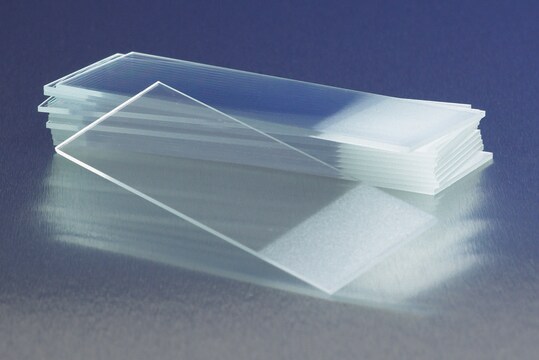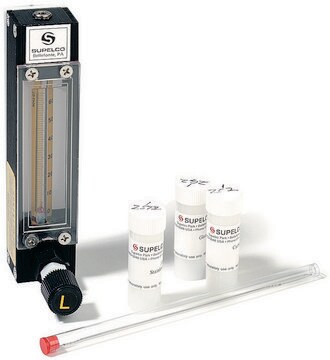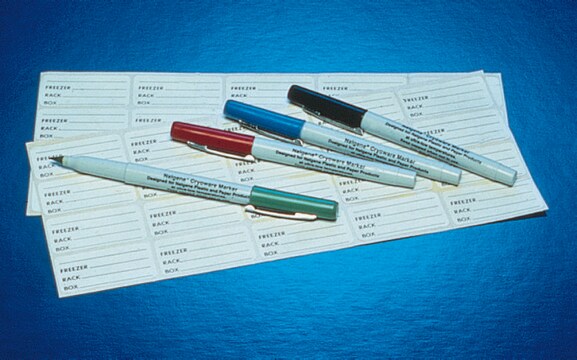일반 설명
We are committed to bringing you greener alternative products, which adhere to one or more of the 12 Principles of Green Chemistry. This antibody is preservative-free, produced without the harm or sacrifice of animals and exceptionally stable to allow for ambient shipping and storage if needed, and thus aligns with "Waste Prevention", "Designing Safer Chemicals" and "Design for Energy Efficiency".
Click here for more information.
ZooMAb® antibodies represent an entirely new generation of recombinant monoclonal antibodies. Each ZooMAb® antibody is manufactured using our proprietary recombinant expression system, purified to homogeneity, and precisely dispensed to produce robust and highly reproducible lot-to-lot consistency. Only top-performing clones are released for use by researchers. Each antibody is validated for high specificity and affinity across multiple applications, including its most commonly used application. ZooMAb® antibodies are reliably available and ready to ship when you need them.
특이성
Clone 1O4 is a ZooMAb® rabbit recombinant monoclonal antibody that detects OTX2. It targets an epitope within 16 amino acids from the internal part.
면역원
KLH-conjugated linear peptide corresponding to 16 amino acids from the internal of human OTX2.
애플리케이션
Quality Control Testing
Evaluated by Western Blotting in Y79 cell lysate.
Western Blotting Analysis: A 1:1,000 dilution of this antibody detected OTX2 in Y79 cell lysate.
Tested Applications
Affinity Binding Assay: A representative lot of this antibody bound OTX2 peptide with at least ten thousand-fold (10,000X) higher than with non-specific control peptide.
Immunohistochemistry (Paraffin) Analysis: A 1:1,000 dilution from a representative lot detected OTX2 in human and rat retina tissue sections.
Immunocytochemistry Analysis: A 1:1,000 dilution from a representative lot detected OTX2 in Y79 cells.
Note: Actual optimal working dilutions must be determined by end user as specimens, and experimental conditions may vary with the end user.
표적 설명
Homeobox protein OTX2 (UniProt: P32243; also known as Orthodenticle homolog 2) is encoded by the OTX2 gene (Gene ID: 5015) in human. Homeobox protein OTX2 belongs to the bicoid sub-family of homeodomain-containing transcription factors. It features a highly conserved 60-amino acid homeodomain that binds DNA and influences gene regulation. This domain is crucial for its role as a transcription factor, enabling specific interactions with DNA sequences to modulate the expression of target genes. OTX2 is essential for the development of the brain, eyes, and other sensory organs. It plays a critical role in the early stages of development, particularly in neurogenesis and the specification of structures in the forebrain and midbrain. OTX2 also has roles in retinal development and the maintenance of retinal photoreceptor cells. OTX2 is predominantly expressed during embryonic development, with high levels in the developing brain, eyes, and other parts of the central nervous system. Its expression is tightly regulated, as appropriate levels are crucial for normal development. In adults, its expression is generally low but can be detected in specific areas, such as the retina and certain brain regions. Mutations or dysregulation of OTX2 have been associated with several developmental disorders. Notably, it is linked to ocular disorders such as anophthalmia and microphthalmia, where the eyes are absent or severely underdeveloped. OTX2 is also implicated in cases of syndromic and non-syndromic retinal dystrophies. Beyond the eye, alterations in OTX2 expression or function can contribute to neurological conditions, reflecting its pivotal role in brain development.
물리적 형태
Purified recombinant rabbit monoclonal antibody IgG, lyophilized in PBS with 5% Trehalose, normal appearance a coarse or translucent resin. The PBS/trehalose components in the ZooMAb formulation can have the appearance of a semi-solid (bead like gel) after lyophilization. This is a normal phenomenon. Please follow the recommended reconstitution procedure in the data sheet to dissolve the semi-solid, bead-like, gel-appearing material. The resulting antibody solution is completely stable and functional as proven by full functional testing. Contains no biocide or preservatives, such as azide, or any animal by-products. Larger pack sizes provided as multiples of 25 µL.
저장 및 안정성
Recommend storage of lyophilized product at 2-8°C; Before reconstitution, micro-centrifuge vials briefly to spin down material to bottom of the vial; Reconstitute each vial by adding 25 µL of filtered lab grade water or PBS; Reconstituted antibodies can be stored at 2-8°C, or -20°C for long term storage. Avoid repeated freeze-thaws.
법적 정보
ZooMAb is a registered trademark of Merck KGaA, Darmstadt, Germany
면책조항
Unless otherwise stated in our catalog or other company documentation accompanying the product(s), our products are intended for research use only and are not to be used for any other purpose, which includes but is not limited to, unauthorized commercial uses, in vitro diagnostic uses, ex vivo or in vivo therapeutic uses or any type of consumption or application to humans or animals.










